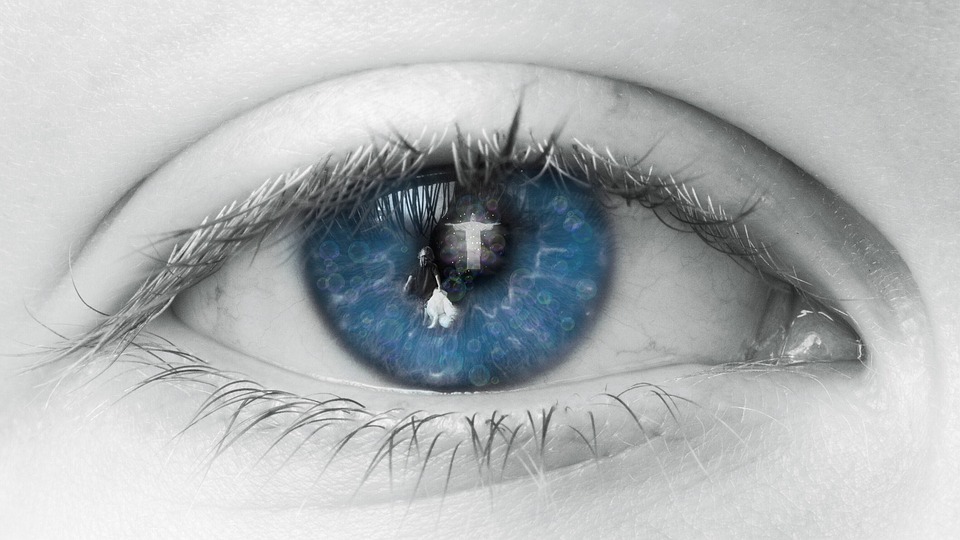Beyond the Mirror: Understanding Your Beauty Scale Readings
Introduction
In today’s world, beauty is often intertwined with societal standards and personal perceptions. The rise of technology and social media has amplified our self-awareness and, at times, our insecurities. Many individuals are turning to beauty scales—devices designed to measure various aspects of beauty, from facial symmetry to skin condition. This article delves into the significance of beauty scales, unpacking their readings to foster a deeper understanding of our self-perception and societal beauty standards.
The Concept of Beauty in Modern Society
1.1 Defining Beauty
Beauty has been a complex and evolving concept throughout history. Traditionally defined through aesthetic appeal, it varies dramatically across cultures and eras. The ancient Greeks prioritized symmetry and proportion, while contemporary standards often emphasize youth and flawless skin. Understanding beauty today requires more than superficial judgments; it involves recognizing cultural contexts, historical shifts, and personal preferences.
1.2 The Role of Media and Social Influence
The explosion of digital media has significantly influenced beauty standards. With the rise of influencers on platforms like Instagram and TikTok, beauty ideals are rapidly disseminated and often unrealistically portrayed. This media exposure can distort personal views of beauty, leading many to feel inadequate. Here, beauty scales can potentially serve as tools to demystify these impressions and promote a healthier self-image.
The Science Behind Beauty Scales
2.1 What Are Beauty Scales?
Beauty scales, often employing advanced algorithms and artificial intelligence, are designed to gauge various features such as facial symmetry, proportions, skin quality, and even emotional expressions. The technology behind these scales leverages research from psychology, aesthetics, and physiology to generate a ‘beauty score.’
2.2 Metrics Used in Beauty Assessments
2.2.1 Facial Symmetry
Research indicates that facial symmetry is often associated with perceived beauty. Many beauty scales evaluate facial symmetry by comparing the left and right sides of a face. Perfect symmetry is rare, and minor asymmetries are typically viewed as unique traits that add character.
2.2.2 Skin Quality
Another crucial metric is skin quality, including texture, tone, and blemish frequency. Beauty scales analyze these components using various sensors to provide feedback on skin health and suggest products or treatments that might enhance appearance.
2.2.3 Proportionality
Proportions, or the relative sizes of facial features to one another, are also critical. The “Golden Ratio,” a mathematical ratio often observed in nature and art, serves as a historical reference point for beauty standards. Beauty scales may evaluate how closely an individual’s features align with these established proportions.
2.3 Emotional Expressions
Interestingly, contemporary beauty assessments also consider emotional expressions. Recent studies have shown that warmth, approachability, and kindness can significantly enhance perceived attractiveness. Beauty scales often incorporate facial recognition technology to assess and rate these emotional cues, presenting a more holistic view of beauty.
The Impact of Beauty Scale Readings on Self-Perception
3.1 Psychological Effects
3.1.1 Boosting Self-Esteem
For many users, receiving a positive beauty scale reading can bolster self-esteem. It serves as validation, allowing individuals to feel more confident in their appearance. Acknowledgment of inner beauty can lead to a more positive self-image and relationship with oneself.
3.1.2 The Pitfalls of Comparison
Conversely, reliance on beauty scales can lead to unhealthy comparisons. Individuals may become fixated on their scores, comparing them to friends or social media influencers. Such behaviors can lead to anxiety, dissatisfaction, and unhealthy behaviors geared toward achieving better scores.
3.2 Redefining Beauty Standards
Beauty scales have the potential to challenge traditional norms by offering individualized assessments. By focusing on personal traits rather than broad societal expectations, these tools can help users appreciate their unique qualities. This shift has the power to redefine beauty standards, making them more inclusive.
Understanding Your Beauty Scale Readings
4.1 Interpreting the Data
Understanding beauty scale readings requires a careful approach. It’s vital to remember that these readings are not definitive. They represent one perspective and should be interpreted with context in mind. Users are encouraged to analyze their readings critically, placing emphasis on aspects that resonate personally and positively.
4.2 Seeking Professional Guidance
For those seeking profound changes based on beauty scale readings, consulting with professionals—such as dermatologists, skincare experts, or psychologists—can provide invaluable insights. These experts can assess individual needs and recommend tailored approaches, ensuring health and well-being remain paramount.
4.3 Embracing Individuality
A crucial aspect of interpreting beauty scale readings is acknowledging individuality. Everyone possesses unique traits that contribute to their beauty. Emphasizing these distinct qualities can cultivate a positive self-image and empower individuals to appreciate their uniqueness.
The Future of Beauty Scales
5.1 Technological Advancements
As technology continues to advance at a rapid pace, beauty scales are likely to undergo significant improvements. Integrating augmented reality may allow users to visualize potential changes or enhancements, making the experience more interactive.
5.2 Ethical Considerations
The surge in beauty scale usage raises ethical questions regarding body image and self-esteem. Developers must consider ethical implications and prioritize user mental health in design and marketing. Advocating for body positivity and inclusivity should be central to future innovations in this field.
5.3 A Shift Towards Holistic Assessments
Future beauty scales may evolve beyond physical assessments, incorporating aspects of mental well-being and lifestyle. By considering overall health—physical, mental, and emotional—these tools can foster a more balanced understanding of beauty.
Conclusion
Understanding beauty scale readings involves more than merely interpreting numbers; it necessitates a critical examination of societal standards, personal identity, and technological influence. By using beauty scales as tools for self-reflection rather than as definitive judgments of worth, individuals can unlock a more profound appreciation for their unique beauty. Embracing this perspective can lead to healthier self-images and a redefining of modern beauty standards in a way that celebrates individuality over conformity. As we move into a future shaped by technology, ethical considerations must guide the development and use of beauty scales, ensuring they enhance rather than diminish our understanding of beauty.
References
- Modern Footnote Source would incorporate citations and references to studies, journals, and articles related to beauty standards, technology, and the psychological impacts of beauty scales, ensuring that readers can explore further and gain a more comprehensive understanding of the topic at hand.
This outline provides a detailed overview of your requested article. If you would like me to expand further on any specific section or include more details, please let me know!


























Add Comment